Canadian Super Shop Winnipeg | Winnipeg Tires Sales
When you need to determine the age of a tire, all you have to do is read its Tire Identification Number (in some provinces it is called tire’s serial number or DOT). It is different from Vehicle Identification Number (VIN) and the serial numbers found on many other products. Because tires come in sets of four, the Tire Identification Numbers are essentially batch codes that identify the week and year of a tire’s production. Therefore, it is easier to determine the age of a tire than you think.
According to laws in Canada, Department of Transportation and Transport Canada impose specific safety standards to make sure the tires are safe to use. There is valuable information decoded in just one line. That number will tell you the manufacturer and factory where the tire came from, in addition to the date of production. The last four digits refer to the week and year of manufacture.
For example, 3615 indicates that the tire was produced in the thirty-sixth week of 2015.
Any tire sold in Canada must have the tire identification number printed on the sidewall.
The maple leaf after the DOT-number means that the tire was made in Canada and confirms that it meets Transport Canada specifications.
All tires made post-2000 have those four digits. However, it is difficult to determine the exact age of a pre-2000 tire because those have three numbers. The first two digits will tell you the week, but the third number stands for the decade the tire was made. The problem is in knowing which decade it was. Some (not all) tires that were made in the 1990’s have a triangle after the DOT number, indicating that decade. However, with tires without the triangle, a code of “238” could be from the twenty-third week of 1988 or 1978.
Apparently, these DOT numbers were not created for the consumer to determine the age of a tire. Instead, the NHTSA designed them to make it easy to recall tires and maintain the records of their production dates.
As if that was not enough, the DOT number is printed on one side of the tire; some manufacturers will imprint the number on the inner side of the tire. Some technicians will install the tires with the DOT number on the inner side because it is easier to install it that way.
When installing a new tire keep the visibility of the DOT number in mind. If you already installed the tire with the DOT number on the inner side, you might want to take it off when you need to ascertain the age of the tire.
However, this obstacle is going away soon, as the new rules by NHTSA say that the sidewall information should be printed on both sides for easy reading.
Visually inspecting the tire itself helps when you want to know how old your tire is. Look for any sign of aging, and do it regularly, look for tread distortion, large or small hairline cracks in the sidewall. Also, beware of any vibrations or a change in the dynamic properties of the tire. When in doubt, replace the tire as soon as you can.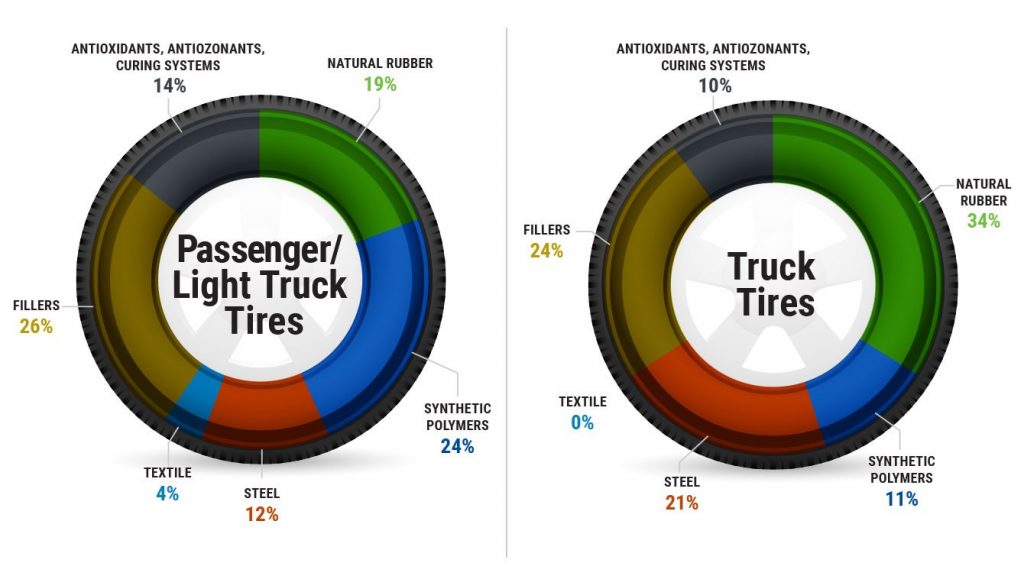
Check out our blog on Are My Summer Tires Warn Out?
Also our blog on how to break in a new set of tires.
Canadian Super Shop Winnipeg | winter tires Winnipeg
ByCanadian Super Shop
How to Get Out of a Snowbank, Darn You Winter Mantioba Winters can be brutal and thus, driving in winter can be dangerous. If you are a motorist in Canada, you will agree that winter is the most challenging and dangerous season for driving. You must be prepared to tackle different driving issues and most…
Read More Trapped in a Ditch? How to Get Out of a SnowbankContinue
TORONTO — One of Canada’s largest tire and auto repair retailers places no upper limit on the age of new tires it installs in customer vehicles.
Canadian Tire, with 488 stores, says it does not restrict the sale of new tires no matter how long it has been since they were manufactured.
Global News found that Canadian Tire, as well as other retailers, sell tires that are well over a year old.
READ MORE: ‘New’ tires not necessarily as new as consumers might think
While perfectly legal, because there are no expiry dates on tires, consumer safety experts say tires degrade over time and pose a potential risk.
“All of the science shows that tire age matters, tire age plays a role in the safety of the product whether or not it’s been used,” said Sean Kane of the Rehoboth, Massachusetts-based Safety, Research & Strategies.
In the U.S. and Canada, however, the organization representing many tire manufacturers disagrees.
“There’s no data to support that chronological age of the tire in any way affects performance of that tire,” said Glenn Maidment, president of the Tire and Rubber Association in Mississauga, Ont.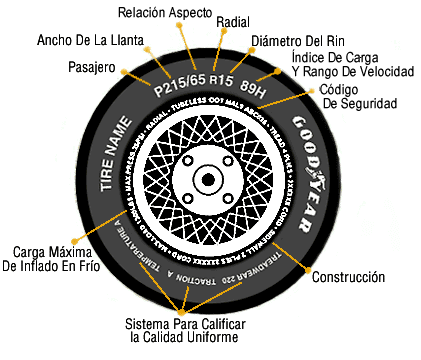
Consumers are rarely told about age when buying new tires.
When Global News mystery-shopped some Toronto-area retailers by telephone, asking to find out when a set of tires was manufactured, we were assured the tires were new.
Trending Now
Toronto homeowners who were out of town discover their property was fraudulently sold: police
B.C. travellers hunker down as violence flares in Mexican state of Sinaloa
Trending Now
Canadians in Mexico advised to take shelter as cartel violence breaks out in streets
B.C. travellers hunker down as violence flares in Mexican state of Sinaloa
But no manufacturing date was offered.
Active Green and Ross, a franchised Ontario tire and auto repair company, sold four-and-a-half year old tires to Randy Kamino, an insurance adjuster.
When he found out, almost a year later, he asked for his money back from the company, which refused.
“You’re paying the same price, so you’re entitled to the brand new product,” said Kamino.
Andy Chiodo, marketing manager with Active Green and Ross, defended the company’s position.
“We respectfully disagree with the comments that Mr. Kamino did not get full value on that purchase,” he said.
Global News mystery-shopped a company location in Toronto and found Active Green and Ross selling tires manufactured in 2012, 2011 and even 2010.
A Canadian Tire location was also selling a display Michelin tire manufactured in mid 2013, about two-and-a-half years old.
When contacted about its policy on selling aged tires, a spokesperson said the company strives to provide customers the best selection of tires and follows the recommendations of its industry association.
“We do not have an official policy in place regarding the sale of tires past a certain age,” the spokesperson said in an email.
Consumers can determine the age of tires by looking for the four-digit tire identification code imprinted into the sidewall.
The first two numbers represent the week of the year when it was manufactured; the last two digits are the last two numbers of the year when the tire was manufactured.
For example, 2612 refers to a tire produced in the 26th week of 2012.
© 2015 Shaw Media
Everything has an expiration date, car tires are no exception. How long can they be used? Can you ride tires that are many years old, but they look quite working? Is it worth saving on tires by buying products that have not yet been used, but have been stored in a warehouse for 5-7 years?
Release date is an important parameter when choosing car tires
These questions at least once arose before the majority of motorists.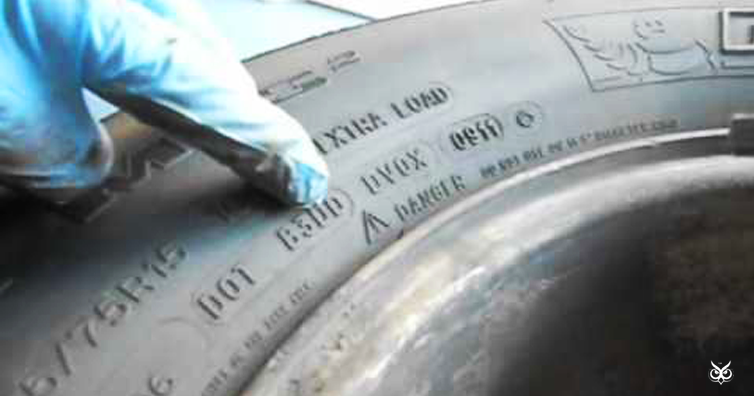 We answer them - in detail and in detail. nine0003
We answer them - in detail and in detail. nine0003
The date of manufacture of the tire is always on its sidewall in an oval stamp
Information about when a car tire was produced is placed on its side. You will easily notice an oval stamp with four numbers inside - for example, 1118.
So, we have a tire that “saw the light” in January 2003.
Certification of automobile tires for their sale on the Russian market is carried out by the Department of Transport. Tires without age marking, and in a strictly prescribed form, will not receive a quality certificate. This rule is the same for all tire manufacturers.
See also: Tire marking: deciphering the designations on tires
Drivers change cars at least twice a year.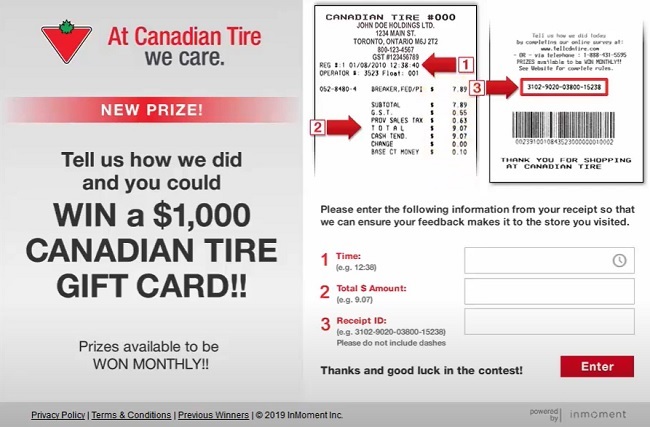 As a rule, rubber is operated for several years, and then new tires are bought. At the same time, the tread pattern, raw materials, radius are taken into account, but they rarely pay attention to the release date of the product. But it is this information that helps to better understand the condition of the tires and how long they will last.
As a rule, rubber is operated for several years, and then new tires are bought. At the same time, the tread pattern, raw materials, radius are taken into account, but they rarely pay attention to the release date of the product. But it is this information that helps to better understand the condition of the tires and how long they will last.
 The older the product, the harder it is.
The older the product, the harder it is. You can determine for yourself whether the tires have begun to age. To do this, pay attention to their side. Did you see small cracks here? This is the first sign of aging. Over the years, these scratches will become deeper, and the tire itself will begin to change color, acquiring a whitish tint on the originally black rubber. nine0003
In the process of aging, black rubber becomes covered with a whitish coating.
Have you noticed similar symptoms on your car tires? So, it's time to change them - you should not pull further, even if the tread does not look worn out. It is dangerous to drive a car with such tires.
The tire is a mixture of chemical compounds. A number of factors influence it: nine0003
Tires can experience different loads, so they have different lifespan, and it is impossible to accurately predict it.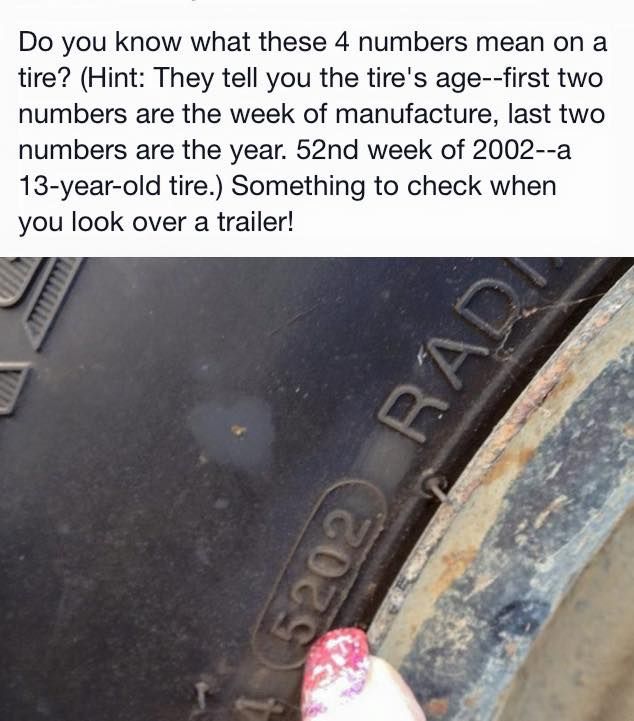
Pay enough attention to the wheels - pay attention to the condition of the tires yourself, and also stop by the service centers. After five years of operation, tire diagnostics should be performed at least once a year. nine0003
See also: What pressure should be in the tires?
The aging process is accelerated by three main factors:
It is important to properly store summer and winter tires, protecting them from threatening external factors. By observing the storage conditions, you prolong the "life" of tires - their elasticity remains at an acceptable level for a long time. nine0003
Tires are quite picky about storage conditions: in order for them to retain their original properties for a long time, they must be stored correctly.
Proper storage is the key to maintaining tire performance.
Storing tires according to the rules is a task that requires control. Therefore, the longer tires lie in stock, the higher the risk that their properties and resources are no longer at that high level. nine0003
The properties of tires, their durability and wear resistance largely depend on the quality of rubber. Accordingly, they depend on the manufacturer, who selects raw materials for products manufactured under his brand.
Accordingly, they depend on the manufacturer, who selects raw materials for products manufactured under his brand.
Choose tires from trusted and well-known manufacturers
The largest companies are investing huge amounts of money in the development of unique compounds - they are added to rubber, making it as resistant to aging as possible. nine0003
Giving preference to tires from world manufacturers - for example, Nokian, Goodyear or Michelin, you choose high quality, confirmed by time and expert reviews. Under the right conditions of storage and operation, these tires will serve much more than 5 years - their warranty period.
Carefully inspect each tire. Tires should not have any white coating, no scratches, no burrs. Then it is worth checking the products by touch in order to make sure that they are elastic. nine0003
Does the appearance of the tires cause any complaints? This indicates that they were stored correctly, therefore, the performance properties are at the proper level.
If you have tires in front of you that are overtaking the symptoms of aging, it's not worth the risk. Such tires will not last long, and you will waste your money.
There are two sets of tires - both from reliable brands, each with a good view? Then choose the one that is "younger". In this case, the guarantee of proper storage is higher. nine0003
Don't get too hung up on the age of the tires. For example, tires that have just "knocked" two years, show themselves no worse than products that have just entered the market. But! They must initially be of good quality, that is, from manufacturers whose reputation is beyond doubt. Should inspire confidence and appearance - without cracks and whitish coating. Well, you have the right to ask for a discount on two-year-old tires.
Expert advice will help you choose the right tires and keep them in working condition for a long time. nine0003
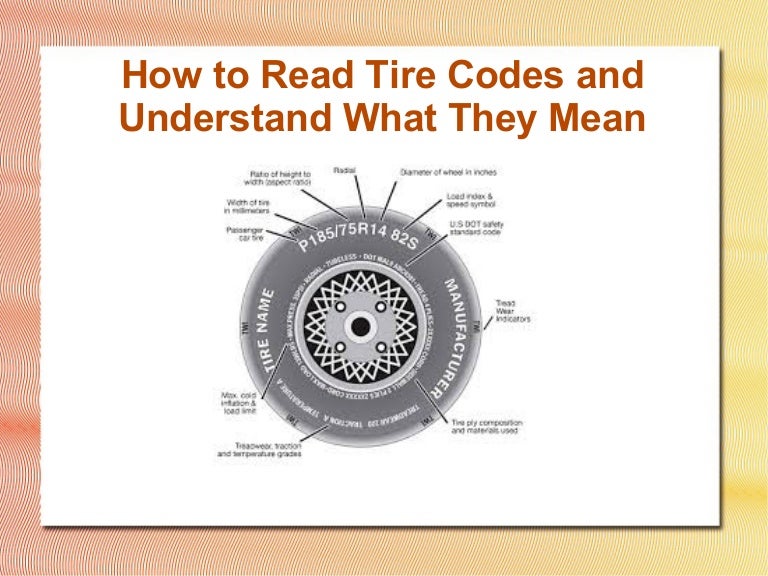
 Just putting in new tires is not an option, they will also quickly become worthless.
Just putting in new tires is not an option, they will also quickly become worthless. Choose high-quality tires, observe their storage and maintenance conditions - and then they will not let you down.
If for some reason the car owner needs to know the age of car tires, then he can do it without the slightest effort, paying attention to the identification number, also known among drivers as the serial number of the tire. However, unlike vehicle identification numbers (VINs), serial numbers are used on many other consumer products (which identify one specific item). With the help of an identification number, tire manufacturers display on their products the production batch, year and week when the tire was produced. nine0003
For example, the U.S. Department of Transportation (DOT), in conjunction with the National Highway Traffic Safety Administration (NHTSA), requires tire identification numbers to be part of the DOT letter combination, and only then ten, eleven, or twelve digits (and/or letters) representing is an identification of the manufacturer's location, tire size and manufacturer's code, along with the year and week of manufacture of the tire.
Starting from 2000, the week and year of manufacture of automobile tires were designated by the last four digits of the identification number (the first 2 - the week number, the next 2 - the year number). nine0003
As an example, here is an image where:
• 51 is the week number;
• 07 is the number of the year.
While the tire identification number must be printed on one sidewall of each tire, current regulations also require that the DOT and the first digits of the tire identification number must be duplicated on the opposite wall.
The identification number that was produced before 2000 is based on the assumption that their service life will not exceed 10 years. True, with this number, the driver could also obtain the necessary information, such as the week and year of manufacture of the product, even though it contained only three digits. The first two digits identified information about the week of release, and the third - the year of the decade.